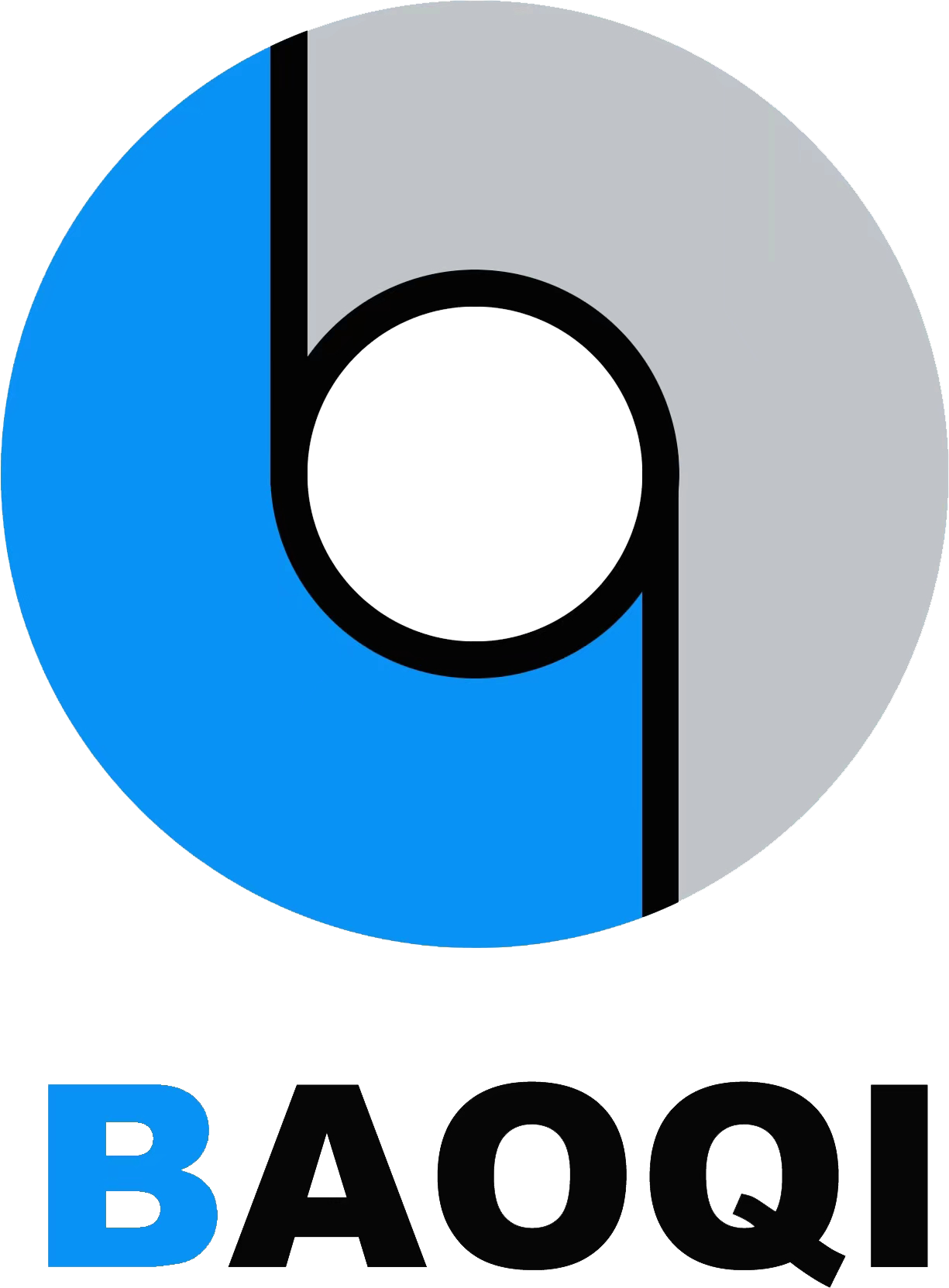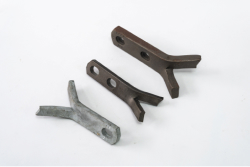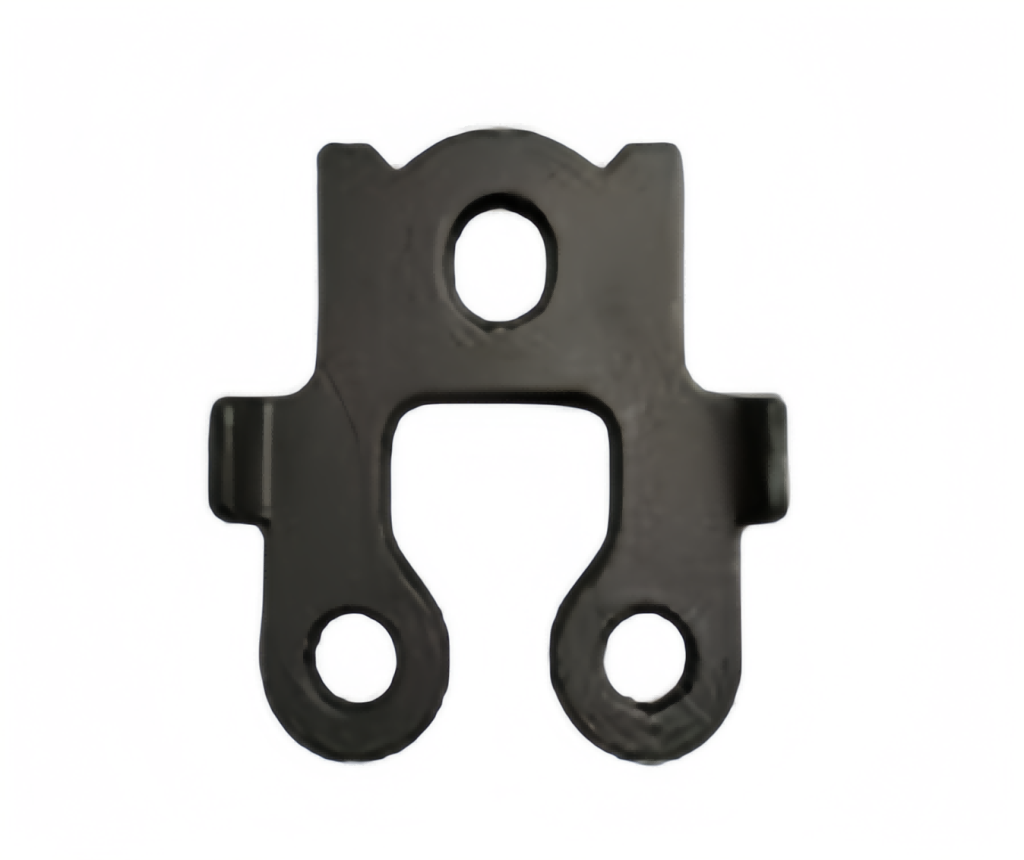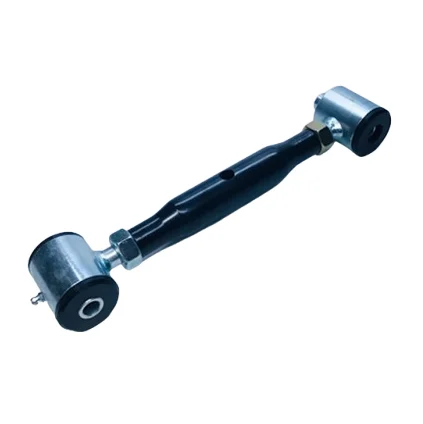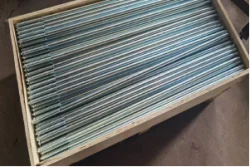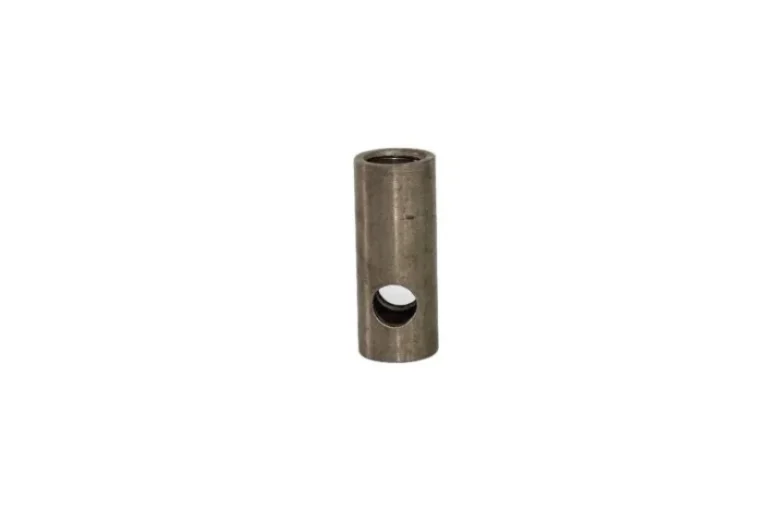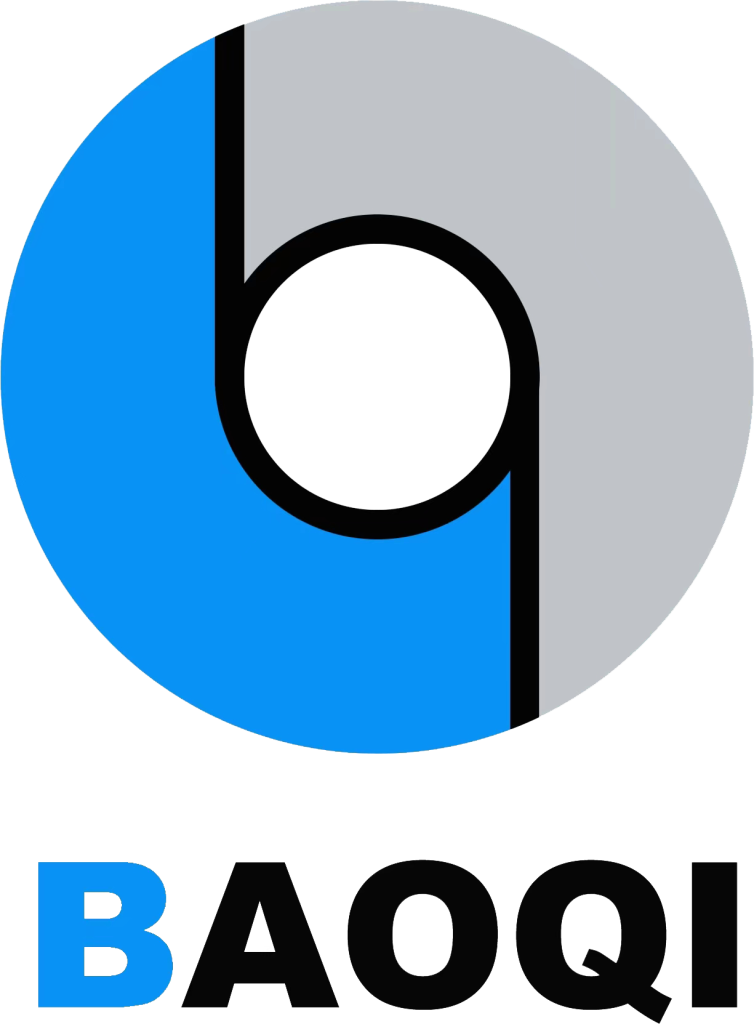Understanding the Role of the Spread Anchor in Project Management
Definition and Importance
In the realm of project management, particularly in construction and engineering, the spread anchor plays a critical role in providing stability and support. A spread anchor is a type of anchoring device designed to distribute loads across a wider area, which significantly reduces the risk of structural failure. This innovative tool is essential for ensuring that various components of a project remain securely positioned during and after construction. The importance of a spread anchor cannot be overstated as it fundamentally improves the safety and functionality of numerous structures.
Advantages of Using Spread Anchors
The use of spread anchors offers numerous advantages that contribute to improved project management. Firstly, the ability to distribute loads effectively means that stress concentrations on any single point are minimized, which can prolong the life of materials used in construction. Secondly, spread anchors facilitate enhanced safety measures on-site, as they help mitigate the chances of accidents caused by structural instability.
Additionally, the installation of spread anchors can be performed efficiently, allowing for a timely progression of the project timeline. Their versatility enables their application in a variety of contexts, including heavy equipment anchoring and securing temporary structures during events or emergencies. By integrating spread anchors into a project, managers can achieve greater control over resources and outcomes, ultimately leading to a higher success rate.
How Spread Anchors Facilitate Project Success
Enhancing Stability and Safety in Construction
The incorporation of spread anchors is closely linked to improved stability and safety, at construction sites. The act of anchoring structures to the ground or other foundational support helps reduce the risk of movement or failures in challenging weather conditions. The increased safety offered by spread anchors does not safeguard the strength of the building. Also secures the welfare of workers present at the site. Henceforth the importance of their contribution to ensuring safety cannot be overstated as they play a role, in establishing a working environment.
Role in Efficient Resource Allocation
Spread anchors play a role, in resource allocation by helping project managers balance loads effectively and manage resources judiciously to avoid waste and optimize labor usage. When anchors are installed properly from the start there is typically a requirement for reinforcement or corrective measures later resulting in reduced time and cost expenses. This ability empowers project teams to make use of their resources ensuring projects are finished within budget and as, per schedule.
Incorporating BAOQI Product Solutions
Highlighting BAOQI’s Commitment to Quality
It’s really important to use top-notch materials, in construction work and BAOQI’s product lineup truly reflects this dedication to quality craftsmanship and durability. BAOQI is renowned for its dependable products that are tailored to suit a variety of project requirements. Their expansion anchors are meticulously made from materials that not only deliver outstanding performance but also endure tough environmental situations. Opting for BAOQI solutions gives project leaders the confidence that their construction decisions are both dependable and environmentally sound.
Key Products from BAOQI’s Building Hardware Range
BAOQI provides a variety of products, in the building hardware sector that are tailored to improve project efficiency and safety measures.
Spread Anchor Bolts for Enhanced Durability
The spread anchor bolt stands out as a top-tier product, in the lineup for its durability and ability to bolster the strength of any project through secure anchoring support. With its innovative design facilitating the distribution of loads to promote the lasting stability of buildings and structures opting for BAOQI’s anchor bolts guarantees that constructions remain resilient, against external pressures and environmental challenges in the long run. BAOQI also provides other anchor bolts to guarantee the durability, such as hairpin anchor and edge-lift anchor.
High-Load Anchoring Systems
When dealing with loads, in construction projects requiring support systems, stability and safety measures in place for large-scale structures and specific weight needs are crucial factors to consider when implementing BAOQI’s advanced anchoring systems as they are designed to handle heavier loads effectively ensuring a secure construction environment and reducing the risk of failures.
Best Practices for Integrating Spread Anchors into Project Plans
Evaluating Project Needs and Selecting Appropriate Anchors
When incorporating spread anchors into project blueprints, for construction purposes it is crucial to evaluate the requirements of each project. Project leaders need to take into account the conditions at the site, such, as the type of soil present the amount of weight the structure needs to support, and any environmental elements that could impact how well the anchors hold. By understanding these factors project managers can choose the kind of anchor that best fits the specific stress loads and ground conditions of their projects.
Building communication channels, with project engineers and stakeholders is crucial at this stage of assessment. We can gather information, on expected load distributions and structural needs through collaboration. This joint effort helps in choosing anchors that meet safety regulations while also improving project efficiency throughout its lifecycle.
Creating plans, for site situations is a smart move to make sure everything runs smoothly in case of any surprises, during the project assessment phase. It’s important to have anchoring methods to address any unforeseen obstacles and keep the project on track smoothly. Opt for versatile spread anchors that can easily adjust to project conditions; this approach can offer benefits. Help maintain a seamless project execution process.
Installation Techniques for Optimal Performance
Proper setup methods are key, in making sure spread anchors work well in a project from start to finish. You need to prepare by clearing out any debris at the site and checking if the soil is suitable, for anchoring. Make sure you measure the installation depth accurately to ensure the anchors can bear the intended load effectively.
To uphold quality standards during construction projects it’s crucial to train employees on adhering to installation procedures. Having the spread anchors aligned properly and positioned correctly during installation plays a role, in ensuring the distribution of loads. This not only minimizes the chances of defects but also contributes to improved efficiency. Incorporating tools, like surveying equipment further boosts the precision of anchor placement and assessment of the surrounding environment.
When setting up installations correctly is crucial to ensure the spread anchors are, in shape after they’re put in place. Checking on them regularly as they’re being installed can help catch any problems and fix them before they cause delays in the project. By following installation practices project leaders can improve the durability and lifespan of the buildings, under construction.
Regular Maintenance and Inspection Protocols
Creating a routine, for the upkeep and examination of anchoring systems is essential to uphold the durability of a project, over the term. Project leaders should devise inspection timetables that align with project stages. These evaluations should assess the state of anchors and how well they distribute loads pinpointing any indications of wear or malfunctions.
Utilizing cutting-edge technology in inspections, like testing or employing drones for evaluations can greatly improve the assessment procedure. These innovations provide in-depth analyses that conventional inspections might miss out on and enable maintenance measures. Regular recording of inspection findings is crucial as it helps ensure adherence, to safety regulations and facilitates monitoring performance trends over time.
Moreover, teaching project teams, about the significance of upkeep and examinations will help in nurturing an attentive work environment. By promoting a forward-thinking approach regarding maintenance the teams can efficiently reduce the risks linked with anchor malfunction hence safeguarding the durability and performance of the project.
Exploring Case Examples of Successful Implementations
Large Scale Commercial Projects
Studying projects can offer useful lessons, on how to use spread anchors effectively and safely under demanding conditions, like heavy loads and diverse environments.
One remarkable example revolved around building a shopping mall, on the ground prone to earthquakes. The team in charge decided to use cutting-edge spread anchor systems that could endure tremors without compromising the stability of the structure’s load-bearing capacity. Through evaluations of the soil makeup and careful selection of the kind and quantity of anchors, they successfully minimized the risk of structural harm during seismic activities. This instance showcases how meticulous planning and implementation of anchor solutions can play a role, in enhancing a project’s ability to withstand challenges effectively.
Moreover, major projects frequently require the involvement of contractors and stages; thus effective communication becomes crucial in scenarios. These ventures have managed to sustain a workflow by orchestrating the installation of anchor spreaders, in a coordinated manner to ensure that each stage aligns with the overarching objectives. Through promoting teamwork and openness within teams project managers bolster stabilization endeavors. Decrease the chances of setbacks.
Residential Building Projects
In construction projects. Using spread anchors not only boosts safety but also helps in handling financial limitations effectively. Spread anchors have been effectively utilized in a variety of projects – from individual houses to larger residential developments – to ensure stability in different soil types. By acknowledging the significance of anchoring techniques builders can improve the durability and worth of buildings significantly.
In an example discussed is a housing project located close, to a riverbank that faced a threat from soil erosion. To tackle this issue the building crew utilized spread anchors to evenly distribute the weight thereby securing the houses from any ground movement. This proactive strategy does not manage construction expenses well. Also provided assurance to homeowners, about the stability of their properties.
Final Thoughts
Incorporating spread anchors, into project management brings about impacts in terms of safety and productivity outcomes for construction projects overall. When project requirements are assessed and suitable anchors are chosen by managers for installation purposes; this sets the groundwork, for successful construction endeavors. Moreover; the implementation of installation methods and the establishment of maintenance procedures play crucial roles in guaranteeing the durability and longevity of structures in the long run.
After studying real-life instances in detail it’s clear that both big commercial ventures and housing projects gain a lot from choosing and handling spread anchors. As shown in this guide integrating spread anchors thoughtfully can result in more effective project executions.
In conclusion, project managers who focus on grasping and implementing spread anchors are, in a position to tackle construction obstacles. Through embracing ideas and sticking to planning project teams can enhance not just their safety measures but also the overall success of their projects.
